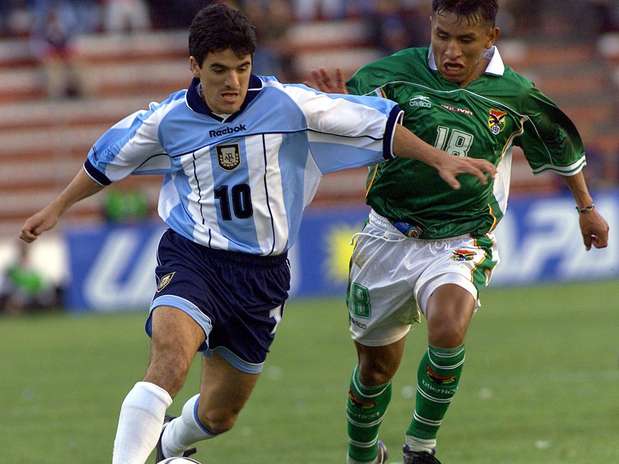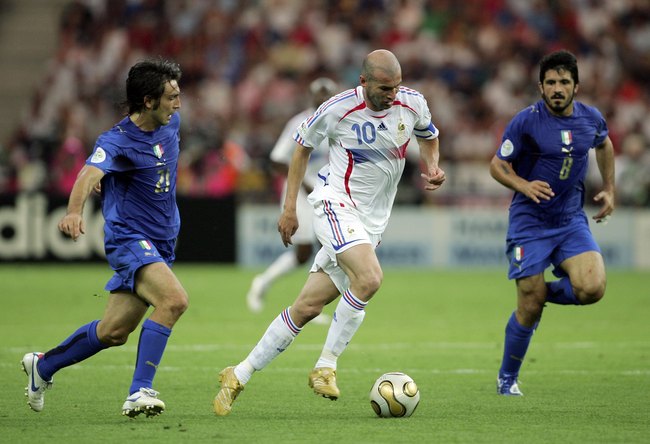Yashin Award winner - 2006 world cup :
 Gianluigi Buffon
Gianluigi Buffon
Gianluigi "
Gigi"
Buffon, : born 28 January 1978 in Carrara, Italy), is an Italian goalkeeper who plays for and captains both Serie A club Juventus and the Italian national team. Buffon is the record appearance holder for the Italian national football team, and he is widely considered to be one of the greatest goalkeepers of all time.He is known for his "outstanding shot-stopping" and for being "a vocal
organizer of the defence and a key dressing room personality."




























